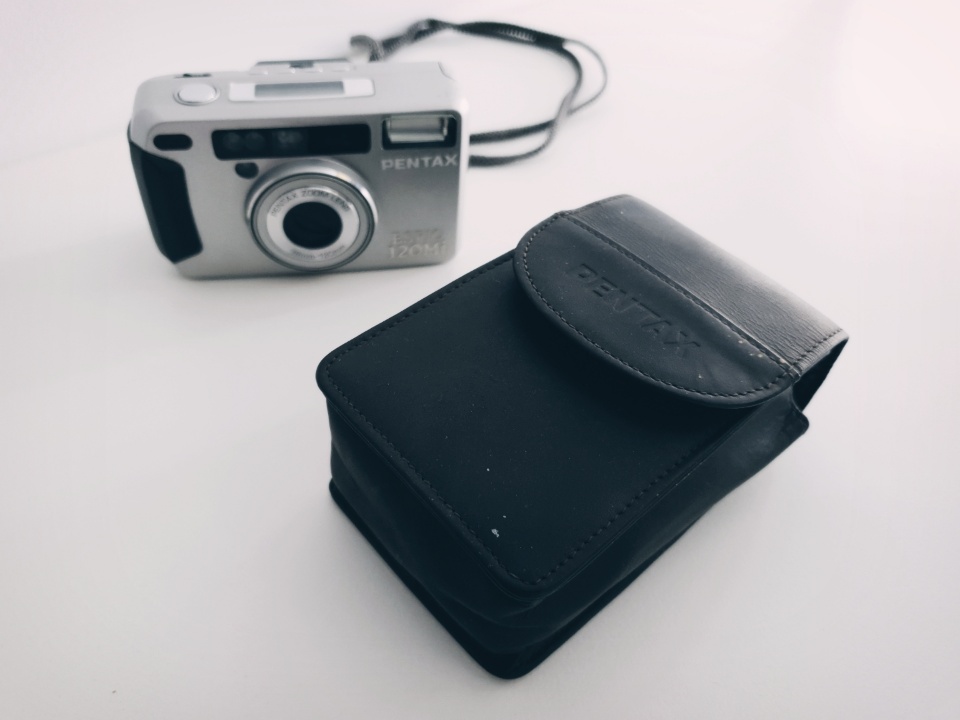Latest Posts
Review of the Minolta Xd (xd7/xd11) - why this camera is a Film Photographer’s Best-Kept Secret
The Minolta XD in black.
I have always had a soft spot for small SLR film cameras. There’s something magical about carrying one around all day, so light and effortless that you hardly notice it - until it’s time to capture the perfect shot. As an owner and user of the Nikon FE2 and FM2n and the Olympus OM2-n, I enjoy their smaller size yet full-sized capability of being a professional film camera.
This review will not focus on the technical specifications, as those are easily found online. Instead, I’ll share my experience with the camera as an avid hobbyist film photographer. By offering my personal insights, photos, and reflections on how this camera performed (or fell short), I hope to provide practical value to anyone considering adding it to their collection.
While casually browsing eBay, I stumbled upon the Minolta XD during my quest to score the ultimate deal of the season - much like the envy-inducing Leica and Hasselblad steals proudly shared by fellow Redditors. Before I knew it, I ended up with not just one, but soon three of these cameras - and I’ll explain shortly why I couldn’t stop at just one (there is a valid reason for this, I promise).
The smaller size and weight makes it an easy one for those with smaller hands and is a breeze to lug around for the entire day.
The Specifics:
The Minolta XD holds a unique place in photography history as the first camera to feature all three shooting modes: aperture priority, shutter priority, and full manual control. Talk about being packed with capability! When you hold and use the Minolta XD, it just feels right—it’s like cupping a warm mug of hot chocolate that fits perfectly in your hands, bringing a sense of cosy satisfaction. That’s the best way I can describe it. The camera isn’t overly large, making it a great fit for smaller hands. It carries just the right amount of weight to feel solid and well-built. It’s a camera that ‘s built for durability and it has clearly proven its ability to stand the test of time. Personally, I prefer cameras with a bit of heft - they feel tougher and less prone to careless handling. Lighter cameras, on the other hand, make me feel like I might be too carefree with them, though I know opinions on this vary.
The Minolta XD had different names depending on the region. In Japan, it was simply called the ‘XD.’ Europe knew it as the ‘XD7,’ while North America referred to it as the ‘XD11.’ I’m lucky to own both the black and silver XD variants. There was also a later Japanese release called the ‘XD-S,’ which introduced an eye diopter control in place of the shutter switch next to the viewfinder on the back. Aside from this, there were no significant differences in performance or specifications between the models.
Underneath the shutter release lever is a window with a red bar that will move forward as your advance your film. A nice visual queue to managing how far along you are in your film roll.
An interesting feature of the Minolta XD is a small window on the top-right back of the camera. This window shows a red bar indicating the progression of shots taken. While most photographers rely on the shutter counter on the top-right panel, the visual cue on the back is a nice (albeit optional) addition. Another noteworthy feature is the exposure compensation switch on the left side of the top panel. I found it interesting that this was incorporated as a switch rather than a dial but I guess this allowed for a less crowded appeal. While I find it slightly finicky, it’s not something I use often anyway, so it doesn’t detract from the camera’s overall usability. It’s a minor quirk in an otherwise exceptional piece of design.
User Experience:
To explain why I currently have two of the Minolta XDs - one in black and one in silver and soon-to-be-three - is for the following:
I have always had a preference (and slight obsession) for black cameras. The sleek mono colour that a black camera is so striking and looks so good in my hands when in use and when on my shelf.
I have a rather unhealthy habit of collecting different variants of the same model. Although this is significantly limited to how much film cameras now cost so I am not able to do this most of the time.
An inconvenience with my initial version led me to buying a new one, which unfortunately also had its own minor inconvenience. While both cameras still perform great as long as you’re compensating for the limitations, I still wanted a fully-working black version.
My second XD was a silver chrome model, and fortunately, its viewfinder was fully functional, displaying both the aperture and the selected shutter speed clearly. Using this camera, I came to truly appreciate the large, bright viewfinder that the Minolta XD offers—a feature that enhances the overall shooting experience.
Testing the silver model with its first roll was an enjoyable experience. It operated smoothly and proved straightforward to use in a bustling city environment where quick reactions and adaptability are key. However, after developing the roll, I noticed the light meter was underexposing scenes slightly, even after replacing the batteries. The in-camera metering consistently read one to two stops below my external light meter. While film is forgiving enough to handle minor under- or overexposure, this inconsistency made me hesitant to fully trust the aging metering system. For slower, more deliberate shooting, these quirks weren’t deal-breakers, but I couldn’t shake the desire for a camera that worked flawlessly in every aspect.
It took months of searching on eBay, but I eventually found a local Australian seller offering a black XD7 variant paired with a brand-new Rokkor 50mm f/1.4 lens. For $360 AUD, I think it was a good enough deal not to pass up, including the camera, lens, a lens filter, and a camera bag. Given how much shipping costs for cameras from the US or Japan, prices for a combination like this would be an easy $450 AUD and higher.
Photos:
The selected photos below were taken with my first black XD model paired with the impressive Rokkor 45mm f/2 lens. This lens is exceptionally light and compact, further highlighting the portable nature of the camera. For this roll, I used film salvaged from a disposable Kodak Flash 800 ISO camera, giving me around 27 exposures (with the first few affected by light leaks). I had a lot of great shots from this roll alone but here are my favourites:
The photos below were taken with the silver chrome XD model paired with a Rokkor 58mm f/1.4 lens and Kodak ColorPlus 200. While the lens is an excellent performer, the underexposure was something I should have not brushed aside too easily - I was overly confident relying on the in-built metering. That said, some daylight scenes turned out beautifully. As seen in the last photo, using an external light meter is essential for this camera!
Conclusion:
The Minolta XD is a stellar performer and easily one of the best SLRs I’ve ever used. Its compact size, straightforward design, and practical usability make it a joy to shoot with. From the relatively quiet shutter to its gorgeous finish (especially the black variant) and satisfying tactile response, the XD holds its own against heavyweights like the Nikon FM2, FE2, Canon AE-1, Olympus OM series, and Pentax K1000. In fact, I almost prefer that the Minolta XD isn’t as famous — it still feels like a hidden gem that offers exceptional quality at a much more affordable price point. For me, what makes this the better overall performer is not just the camera itself but access to a plethora of fantastic Minolta Rokkor lens selection. Again, they are not as overly priced compared to the other well-known brands and this makes access to some of the legendary Rokkor lens that much more realistic.
There is, however, one factor that does make me reconsider taking this camera out more often and that’s to do with the battery. This camera will require batteries to operate and, if the battery is depleted, the shutter won’t fire. On the plus side, you only need two of the very common LR44 batteries, which can be found almost anywhere. Still, it is a bit of a detractor for me. The only camera where I’ve never had to hesitate or think about is the Nikon FM2n, a fully mechanical camera and only requires the same type of batteries to operate the in-built light meter. If you can get past the batteries and make sure that you care a couple of spare ones, the Minolta XD is a strong candidate nonetheless.
As a film camera collector, my mantra has always been to collect cameras for their utility, not just as decorative pieces. I’ll admit, I have an unending urge to acquire more cameras. The joy of collecting them comes from the beauty in their design but also in their use them as they were meant to be, not leaving them idle on a shelf. I even clean and repair my cameras as much as I can, which makes me feel fortunate to engage with my collection.
The Minolta XD is a camera that doesn’t make me feel like I need to handle it with great care. I dislike cameras that demand excessive caution—they stifle creativity and prevent you from fully enjoying the creative photography process. The XD, on the other hand, is liberating. It’s the kind of camera that you can grab instinctively, even if it’s when you’re just popping to a local café in case something catches your eye. Cameras like this make photography feel natural and spontaneous. For all these reasons, the Minolta XD has earned a special place in my collection—but don’t forget to have an external light meter with you!
The Minimalist's Film Camera - Initial Thoughts on the Agfa Optima 535 Electronic Sensor
The Minimalist's Film Camera
Initial Thoughts on the Agfa Optima 535 Electronic Sensor.
Taking a temporary departure from the essay-like reviews I normally write for my initial thoughts and review on film cameras, I’m trying out a more minimalist approach that focuses on cleaner review comprising of a paragraph-long description, technical specifications, photos of the camera, and sample photos.
Thoughts:
If a minimalist was given a choice of film cameras, the Agfa Optima Electronic Sensor range would be high on their list. This is a beautifully designed film camera with clean lines, a heavenly large viewfinder, a near-perfect film advance lever, and that beautiful red shutter button. The few buttons and switches are all in the right places. This camera is an artform in itself. The camera operates with ease, the functionality is easy to get used to, and the performance, when done right, can result in some beautifully-framed shots.
Specifications:
Type: 35mm film viewfinder camera introduced in 1976 by Agfa and is part of the Agfa Optima Sensor series.
Lens: Solitar f2,8/40mm lens with 4 elements; single-coated.
Diaphragm: Automatic; f/2.8 to f/22.
Shutter: Paratronic with speeds 1/15-1/500.
Focus: Manual with pictograms and top and meter/feet scale on the bottom of the focus ring; focusing from 3ft/1.09m to infinity.
Viewfinder: Large finder with parallax marks for near focus.
Film loading style: Manual
Film advance: Manual single-strong lever with a ‘R’ button to rewind the film when pressed down and turned.
Film speeds: 25-500 ASA.
Flash: None but hot-shoe with flash selected in focus ring.
Cable release socket: Located on left side of the camera.
Tripod: Located on right side which is also used as a socket for a camera strap.
Case: Leather with camera strap socket hole.
Photos:
Test shots:
Film used: Kodak Ultramax 400
August with Film - Five Frames with Wes Anderson
AUGUST WITH FILM
Five Frames with Wes Anderson
“You know how I think better in the shower, get all those positive ions flowing.” Owen Wilson’s character Gil says this to his fiancé, Inez, played by Rachel McAdams in Midnight in Paris. I wholeheartedly agree with this statement. It’s true. God knows how many ground-breaking, life-changing decisions have been thought of or revolutionary ideas that have sparked whilst being dowsed by hot water. For I had just this happen to me.
Recently, I’ve been on a roll with film photography. It’s probably one thing I do almost every single day: read and research about film cameras that have become cult classics, why they’ve amassed a fandom of dedicated film enthusiasts nostalgic for the grain and not the pixel, and if I want to be a part of than fandom and relive it for myself. Within the last ten years I’d say, there’s been a strong resurgence in film photography and enthusiasts alike. I’m one of them.
I grew up having my photos taken by my parents, mostly by my Mum and the Minolta 5000 Maxxum. To this day, I see these photos and I still see the richness of the colours, the clarity of photo, the careful alignment of subjects against backdrop. The meticulous process of taking a photograph has become non-existent. This is the process I have fun with the most. Like most of those getting into film photography, we can all agree that film photography allows us to breath with the process, to live in the moment, to observe, analyse, and snap the moment. It makes us expert observers. Film is limited to 24 or 36 shots and it shouldn’t be wasted on multiple shots of the same subject, but instead the one almost-perfect one.
A director that evokes nostalgia in such visually eye-pleasing colours and perspective with the recognisable lateral panning cinematography work of Robert Yeoman is the genius that is Wes Anderson. My photography work leans heavily on colour, lines and perspective. I tend to shoot subjects like buildings and structures that won’t object to my photo-taking. I still find it hard to take photos of people, another thing I can develop and get more confidence (but for another time). It will be a great experience to work on a project where I choose a select number - at this stage, it’s five - of favourite frames or scenes from key Wes Anderson movies, discuss them in further, and then aim to take photographs similar to or inspired by each frame. It’s sort of recreating Wes Anderson but using what I have within access and within reach. Melbourne’s got the goods so why not?
I haven’t really thought about what the timeframe will look like but it will essentially look like a weekly post of the review. What will make it rather challenging will be to get the time and opportunity to shoot photos and develop them. Until lockdown has been lifted and shops are back in business, there will very limited chances to get out. However, it will be a good chance to take photos while there’s barely anyone to have to deal with. As long as the review is completed and the photos taken, I can probably jump on to the next movie. Like jumping from moving train to another, it will a rocky ride with unpredictable results and that’s something I’m excited about.
To end with a quote I really liked because it summed up just how likeable and gracious this character to have graced the silver screen in a long time is Mr. Moustafa’s beautiful statement regarding M. Gustave H.: “There are still faint glimmers of civilisation left in this barbaric slaughterhouse that was once known as humanity... He was one of them. What more is there to say?”
Feature - Isolation Film Photography Challenge
FEATURE - ISOLATION FILM PHOTOGRAPHY CHALLENGE
Isolation has brought me home these days, and I am friends with time and my camera again. I became fascinated with film for its effortless capability to take photos with creamy tones, inviting warm hues, fluorescent greens and yellows, and pastel blues and greens. Subdued colours yet they reflect richness and sharpness at the same time. I find inspiration from the colours of certain subjects – namely natural light, wheat fields, flowers, animals, knitwear, boots, and pastry. I use this palette as a basis for my photography. For my series, I am expressing a feeling of contentment and serenity. I focused on what I saw at my most comfortable and relaxed. My subjects were autumn leaves and my dog, Maya. Both were well-behaved and happy to have me around more often.
Light Bulb Ideas - 52 Rolls
LIGHT BULB IDEAS
52 Rolls
This year is drawing to a close. That means this website is almost a year old! While I’ll save all my reflections and thoughts on this in another post, I feel a sense of accomplishment overall.
Running a website was my year-long project. I’m close to ticking that off on a high note. What next? A photo project makes absolute perfect sense, am I right? I haven’t really put too much thought in it nor have I done any extensive research. I stumbled across this idea when I was researching on film photography-related websites to follow to be able to find various channels to help continuous flow of film-related ideas. In a list of websites, I read one about 52 roll where one attempts to use a roll of film every week for a year. The project challenges the creativity process - when you’re on creativity overdrive and when you’re a blank slate - while learning better techniques, better ways to handle your camera(s) and many more good things. It’s a bit daunting to think that I have to use up a roll of film every week for an entire year. Could I, perhaps, shorten it to six months? Could I stretch it out to a roll of film every two weeks given my full-time work? In addition to shooting film, developing and scanning photos, there’s also the blogging aspect. Time and me have to find a way to work together.
Well, this is one idea at least.
November with Film - Documenting PAX Australia with a Film Camera
November with Film
Documenting PAX Australia with a Film Camera
It’s 4:30am on a Wednesday morning and I have three more hours to go before my alarm goes off and to start getting ready for work. At this rate, I don’t think I’ll be able to go. To give you a brief context, I picked a bad cough which turned into a throat infection a week ago. Last Saturday, I lost my voice completely and have been struggling to get it back. For the past three consecutive nights, I’ve been having sleepless nights due to a persistent and stubborn dry cough. Heck, I’ve had to buy a triple-action cough suppressant syrup and even that’s not helping in addition to the honey and lemon combo remedy and the countless throat lozenges I’ve had to help me last through the day. So, that’s that. Enough of me. It’s time to start recounting all the exciting things I got to see at my second PAX Australia event.
Three days of non-stop immersion, curiosity, and cyberpunk realness - as well as a heck load of walking. My smartphone picked up at least 25,000 steps within the 4-5 hours of walking I did at the event. This is what PAX was and is about. Spread over three glorious days, is a series of gaming culture festivals that started in Seattle, Washington. When I studied and lived in Seattle back in 2011, little did I know this emerald city was already home to an already well-established and growing hub of gaming companies and studios. PAX was born in Seattle. Another thing to add to my list of things I should have done when I used to be there.
Last year, I bought a Saturday and Sunday pass, which I felt was sufficient enough for my first time. This time, I ended up getting a three-pass, which got me in on all three days. The first day was all trying all the games we could get our hands on, and scope out the entire area, which was spread across three sections. PAX Rising was the first section one would entire, and this where all the up-and-coming and local video games are on show for consumers to try out. I particularly liked how I saw a couple of games that were also at last year’s PAX, along with the new ones.
The second section was the area where all big names in gaming were situated – all decked out with the latest tech, interactive areas, lights displays, competitions, and – of course – the merchandise. Cyberpunk 2077 had its own dedicated section where people could line up and watch all the trailers and game plays on a humungous 8k-resolution Samsung tv with blasting speakers in your face that made my ears ring after it was done. My partner and I were lucky enough to line for only five minutes before we got in to a session and scored free posters for it. One can’t deny that warm and fuzzy feeling when you’ve laid your hands on a prized possession for a while now – in this case, it was a Cypberpunk 2077 poster. Aside from the big brands, Nintendo and Square Enix were the next highlights for me. Nintendo had a a massive section where they displayed the new Switch Lite among the many switches available for people to play. There was also the line to play the demo for Luigi’s Mansion 3 – however, I did find it pointless to line up given the game was going to be released in about three weeks at that time. Square Enix had a competitive line up of PCs for people to play the online MMORPG of Final Fantasy.
The third section of PAX Australia was the tabletop and board game area, with plenty of seats for people to play games like Dungeons & Dragons, paint figurines, or build waffle towers. A highlight for me was the retro area, where pinball machines, old consoles and games from the 1980s and 1990s were on display. As a fan of nostalgic items – such as cameras – this was really a fun and enjoyable area for me. I did manage to play a Back to the Future-themed pinball machine, which was absolutely gorgeous to play on, but it wasn’t long at all before my turn was already up. I’m really bad at pinball. The virtual reality and LAN section were at the last area, but we didn’t bother to line up for these.
PAX Australia was also were I would be giving cosplay a go for the very first time. Despite all the nervousness and anxiety, I plucked up the courage and bought my cosplay outfit. This was the best time I could live in the shoes of a character, have fun with it, and build confidence. It took me up to an hour just to get the make up right as well as having to face with the fact that my skirt was a tad bit shorter than expected. It was an absolute blast of a day! I had people walk up to me and ask me to take a phot with them or take a photo of me. I got plenty of kind nods and comments my way. I truly felt so popular and it certainly was a great feeling! My partner took lots of amazing photos. I’m still thinking if I should post them in my ‘Games section’ or just create a blog entry for it. Either way, this content will be coming up shortly!
The third and final day was all about making sure we checked out every single section, nook and cranny, corners, hidden easter eggs (just kidding), and grabbing as much freebies and merchandise as we wanted. This was the same day we scored those Cyberpunk 2077 posters, as well as lanyards, enamel pins (paid for them), a hand-drawn Avengers poster by an Australian artist, and some pretty cool Playstation game CD coasters – these were really cool and definitely took me in a short rollercoaster ride to the days I used to play these Playstation games at my grandparents place. This was also the day that I took the most photos. I knew the low lighting was going to be the tricky aspect, despite the massive second section full of flashing lights. I decided to focus on capturing anything neon and Cyberpunk-inspired. I couldn’t find a lot of these themes, so it wasn’t as successful a theme to go for.
PAX Australia, once again, was incredible. I learned more things about my camera than before, and this does nothing but make me a better film photographer. Now, the wait for next year’s PAX begins again.
October with Film - Notes on the Contax G1
October with Film
Notes on the Contax G1
It’s a beautiful and warm spring afternoon in Melbourne. Sitting in a cafe with my coffee by my right side and my laptop ready to face on my ferocious typing. I’m looking out the window and observing at the scene outside. Cars and people are going about their business in a slow, fuzzy yet steady pace. This is how I rediscover my friendship with time. Time has been my enemy these past months, but it’s about time I change that. With time on my hands, I can start to do the things I want to, like writing!
A couple of months ago, I finally plucked up the courage – and I didn’t even know I had to have this – and bought the coveted Contax G1 35 film camera as my main film camera. Set aside the luxurious status, the stunning lens, beautiful titanium satin finish, and overall appeal of it, it was a long and arduous journey to buy it but it was worth all the effort. Why did it take me so long to succumb to it? The main obstacle was justifying the hefty price tag and whether or not I could use a cheaper camera and achieve similar, same or better results. I also knew I had to be realistic with my skills and that I am and still am learning the quirks and perks of film photography, various film types and various camera bodies. My entry point was the disposable camera, which I covered in my previous blogs. Eventually, I wanted more quality photos and bought a cheap Pentax point-and-shoot camera. My little Pentax is a hidden gem and its results have impressed me very much. You don’t need an expensive camera to be able to take great photos. Ultimately, I found myself wanting more out of my point-and-shoot camera. That’s when I decided it was the right time to dive in and snap one up for myself.
A couple of months down the track, it’s been a curiously enjoyable journey. I’ve been able to take the camera with me to a few outings or events where I know I wouldn’t be too bummed out with not taking fabulous photos. Every time I’ve taken it out, I’ve learned something new about it. For one thing, I’ve found the light meter in the camera itself is really your friend. It won’t fire unless it knows it will be able to take in just enough light and isn’t too nose-close to your subject. Despite it being an expensive camera, I’m surprised to find it a cost-effective film camera. It won’t take the photo, but it’s only trying to help you. The last time I was at this cafe, I took a photo of my empty coffee cup. About a few weeks ago, I finally developed the film and the result is stunning:
See for yourself. This was literally just a quick close-up snap of my empty coffee cup. The tone, lighting, and softness of the photo sets the entire mood of the setting. Relaxing, cosy, and warm.
I needed this courage once again to bring the Contax G1 to PAX Australia, the biggest event my camera’s been to, and put its limits to the test. The biggest battle I faced was the indoor light and how well the photos would look. Composition was also another tricky aspect to put into practice due to the big crowds. However, I went in there and focused on shooting with a particular theme and that was capturing the lights, shadows, and neon-colours, anything that screamed cyberpunk. I’ll be sharing more of my thoughts and experience at PAX Australia in another blog entry, but the Contax G1 held itself really well. Although my camera didn’t really pick up much of the neon vibrancy that well nor were my compositions that great, I did manage to capture a few stand-out moments.
It’s been a great two months of learning with new camera and I’m thrilled that there’s still more learning to do with it. I haven’t reached any stage where I regretted buying the camera and am thankful that I have plenty yet to learn.
Light Bulb Ideas - The Mannequin Project
LIGHT BULB IDEAS
The Mannequin Project
A few months ago, I had coffee with one of my managers from work where we talked about his upcoming trip to Europe. Recalling a funny story in his last European trip in Greece where he and his friend found the various mannequins wherever they went quite amusing. This became a little photo blog and what he showed me was quite hilarious, from the stranger poses to the mix ‘n’ match of colours that will yourself stand out in a big urban jungle but somehow works in a paradise like Greece. It’s so easy to find ideas in the most obvious and common things. Looking at things from a different perspective and evoking a feeling is what every photographer would want their photos to do. One just has to have the eye for it. This mannequin-manic phase sparked a little idea to take a couple of rolls of film and focus on a common subject, like a mannequin, something that’s easy to find in the most common of places. Subjects could be anything like lamp posts, a certain colour or theme, books, cameras, hats, you name it!
I’m starting to like this concept. Easy to do, achievable, exciting, and just fun!
August With Film - Initial thoughts on the Contax G1
August With Film
Initial thoughts on the Contax G1
In small hands, this is a descent-sized film camera. Despite the weight, it’s a mighty beast of titanium build with a luminescent glow. It took me almost two years to give in to the Contax spell. This isn't a review yet so I'm going to say i’m already captivated by its beauty.
Pentax-tic Gem - Initial photos of the Pentax Espio 120Mi
Pentax-tic Gem
Initial photos of the Pentax Espio 120Mi
I saw this camera sitting at around $30 on eBay. I got excited. From all the blogs, articles, forums, and camera websites relating to film cameras and film photography, I recall coming across this particular Pentax Espio 120Mi camera being one of those cameras to look out for. At the time of release, this camera retailed for a whopping $200 dollars. I’ve been pretty lucky with the eBay sellers I’ve been dealing with, because every camera I’ve bought from there has been meticulously taken care of over the many years of its camera’s lifetime. This is no exception. I will aim to write a more in-depth reaction of the camera and my experiences once I have had more time to bring it around with me. For now, enjoy these juicy photos.
April with Film - Snapping for quality, not quantity
APRIL WITH FILM
Snapping for quality, not quantity
Film photography appeals to me because it makes you think before you act - or capture. It gives one the ability to judge as carefully as they can to know when it’s the right time to take a photo.
I'm still at phase 1 of my project yet I'm already finding a lack of quality photos with themes consistent to my interests. Time is and will always the biggest factor. Priorities creep in and, before you know it, a few weeks have passed since your last brainstorming session. Time management is something I'll need to proactively reinforce. Getting myself in the right opportunities and events that gives me the chance to snap some content-worthy photos is another factor I need to research and get myself to doing. The events I want to do be shooting are the bigger-scale ones, such as PAX or Oz Comic-Con. I can't be reliant on these, and I need to look out for the local events where the real magic happens. Another thing I normally don't like to admit, but will need to, is the fact that I need to muster more confidence in approaching people and talking about my brand, what I'm doing, and asking people if i can take their photo. A simple task that only has three possible answers, yet the thought of doing it makes me nervous. How does one lose the shakes of approaching people for their photos?
Being okay with the idea that not everyone will be open for having their photos taken, and that needs to be highly respected. It might be that the person may not like having their photos taken for personal reasons or it may be that they have to seek advice from their agent or manager. If there’s one thing I know, that’s to respect when someone says no to having their photo taken. I think this might be my biggest battle.
Maitani's Little Ranger - The Olympus XA1
Maitani's Little Ranger
The Olympus XA1
Continuing on my Olympian historical adventure and revisiting the powerhouse’s milestones in camera innovation, I’ve purchased the Olympus XA1 from a seller in the Netherlands! This little beast is adorable and I’m expecting many a great things from this little mechanical and non-battery operated wonder.
The first thing to know is that this is the lesser-liked sibling of the Olympus XA series, and not to be confused with the original XA. I admit, I only realised this as soon as I had the camera in my hands. It’s not to say that I’m disappointed with the camera, certainly not! I was caught off guard by it. Reviews are mixed for the XA1. Some say it’s too limited by its settings and really just serves as a casual point-and-shoot with no professional quality to it. Others, on the hand, have proven its performance through gorgeous, sharp and well-framed shots. This prove a very good point, doesn’t it (you know, the whole thing about how it’s not just in the capability of the camera but also the skills of the photographer)?
I only had to do minimal wiping and cleaning to get it squeaky clean. Apart form the foam seals, which have almost become nothing, the Olympus XA1 is in pristine condition, thanks to good care given by the previous owner. There are substantial scratch marks on the flash, for which I cannot determine what might have caused it. It doesn’t affect the performance of the flash anyway, so I’ll only see it as a cosmetic flaw. Speaking of the flash, this is a particularly unique camera for the way its flash attaches and detaches from the right side of the camera when look front at it. Via a small screw, it firms sits next to it and syncs perfectly with the camera.
The other magical thing about this camera is that it is selenium-metered, meaning it doesn’t require any batteries to operate the camera, apart from a AA battery required for the flash. I’ve never owned a non-battery film camera before, so this will be surely leave interesting impressions and results. I will follow up with another post to talk about my experiences with the camera so far, and see if its serving its purposes in capturing anything video-games related.
Freshly loaded with film and battery fitted in the flash, I am finally in a position where I have an actual film camera to start using to capture any video-gaming related thing I see. The disposable camera phase has proven a lot of fun and has given me an idea of what results I can expect from film photography. I have another disposable camera I’ve just used up yesterday, so I cannot wait to make time to drop by the film developers and see what images I can add to my portfolio. In the meantime, enjoy the photos below!
An Olympian Feast, Part Deux - Cleaning/Restoring the Olympus OM2n
AN OLYMPIAN FEAST, PART DEUX
Cleaning/Restoring the Olympus OM2n
Restoration of an old film camera can be as complicated as pulling the camera apart - fixing, replacing, cleaning and welding small pieces together - and piecing it back together. Other times, it’s a simple cleaning process, which really involves a microfibre cloth, anti-bacterial wipes, isopropyl alcohol, and some cotton buds. Accumulation of constant use, transporting everywhere one goes, to those kept in storage for many years, dust always manages to find some way inside a camera. Dust doesn’t always affect photos, but a good chunk of it just might! That’s why it’s always good practice to frequently clean your cameras, and this applies to both film and digital cameras!
My new (well, old) Olympus OM2n looks to have been well cared for as it looks pretty much pristine albeit for a few gunks of dust and whatever in between buttons corners and in those little nooks and crannies. With a antibacterial wipe in my hand, I began a gentle but thorough wipe down of the camera and made sure to focus in all the small little areas, in between dials, around the lens, and inside the film winder. I had to do a few wipe downs as the smaller and tighter areas were a bit tricky to thoroughly clean. Next, with microfibre in hand, I began to wipe the camera dry. What’s great about these microfibre clothes is that they don’t scratch the body nor the camera lens. I also made sure to wipe the mirror inside the camera itself and wipe away any accumulated dust. I definitely do not recommend any product on this mirror or else it will cause discolouration and wiping it down too fiercely can potentially damage the mirror, a big component of the camera. A simple and gentle wipe with a microfibre cloth is all you need to tackle that mirror. The same thing apples to the film component at the back. A more firm wipe to get rid of any excess dust is all that’s needed.
The cleaning process was extremely easy, thanks to the previous owner’s meticulous care and storage of the camera. I’m really pleased the camera body itself looks absolutely stunning, a testament to the strong body’s build. It looks absolutely beautiful and its design is a timeless aesthetic to all cameras - digital and analog. I may consider finding a leather carrier for this camera for that extra secured fit. It will also prevent the camera from coming across any scratches or bumps to the bottom part of it, especially how many times one puts a camera down on a surface - smooth or rough. Now, the camera body has been cleaned and prepped for use. Now, my next objective is to restore the three lenses I received!
Feburary with Film - Shooting with 35MM
FEBRUARY WITH FILM
Shooting with 35MM
There's something incredibly heartwarming and cosy when I look at a grainy photo. Perhaps I relate it to how film cameras captured a lot of my childhood photos. Because of these beautiful mechanical time sealers, I can relive and see my childhood. I'm pretty lucky that my past can be dug up, explored, and reminisced by opening up one of many photo albums storing my story.
Developing my first film was incredibly exciting and I could not wait till the day I got that e-mail saying my photos had been developed, scanned and accessible via a convenient Dropbox link. It's not so different from the not-so-long-ago days where one picked up the developed photos from the photo shop. That excitement and anticipation to see how well - or how bad - this roll of photos looked makes me feel like a child waiting for those exciting weekends when I'd know we'd be taking the car out somewhere. It's a refreshing change from the instantaneous gratification today's modern culture beckons for, from online shopping to searching for any information on the internet. Film photography makes time stand still for both the photographer with their own personal aspirations for why they pursue photography along with the moment they're capturing through the lens.
An Olympian Feast - Thoughts on the Olympus OM-2n
AN OLYMPIAN FEAST
Thoughts on the Olympus OM-2n
For many months, I searched high and low for the film camera. Okay, maybe not so much high and low but more beyond oceans via the portal that is eBay. My long hours of research focused mainly on a beautiful Contax G1 camera, a titanium-built, advanced rangefinder that is currently sitting at around the AU $1000 mark, including shipping and currency conversion costs. As visually and technically stunning a camera as it is - even in today’s technological feat of digital cameras, its advanced features and insane lens quality makes it a cult classic for film photographers. However, it was too expensive for my current budget. More-so, I wasn’t too sure if it suited my photography needs. I guess I am not in a comfortable position to fork out that money for a wavering decision. When the right time comes, I will buy the Contax G1 or G2 with the acclaimed Contax Zeiss Planar T 45mm F2 AF G Lens. The hunt continued… until now.
After researching on the popular film cameras that came out during the golden age of film photography, the 1970s, I decided to stick to my current camera brand, Olympus, and sought for the understated and elegant Olympus OM-2n. A couple of days ago, I finally received the camera in the post. Upon holding the camera in my small hands, the OM-2n is a wonderful, solid and timelessly beautiful machine with good weight. I only found out that the ‘M’ in ‘OM’ stands for the designer Yoshihisa Maitaini as someone mentioned in one of the plethora of blogs and reviews I read about this camera. This camera carries such a tiny footprint. The design oozes with sophistication and its construction feels solid. I’m not surprised a camera built in the 1970s has lasted this long in this optimal condition. The OM series has been incredibly successfully and definitely sits well alongside, not under, the likes of Nikon and Canon.
I’ve got to say, the previous owner has done a wonderful taking care of this camera. I hope i can do it enough justice and keep it in such pristine condition for next many a years. My next entries will be about the next stages of cleaning and testing, and hopefully, taking it out for a spin!

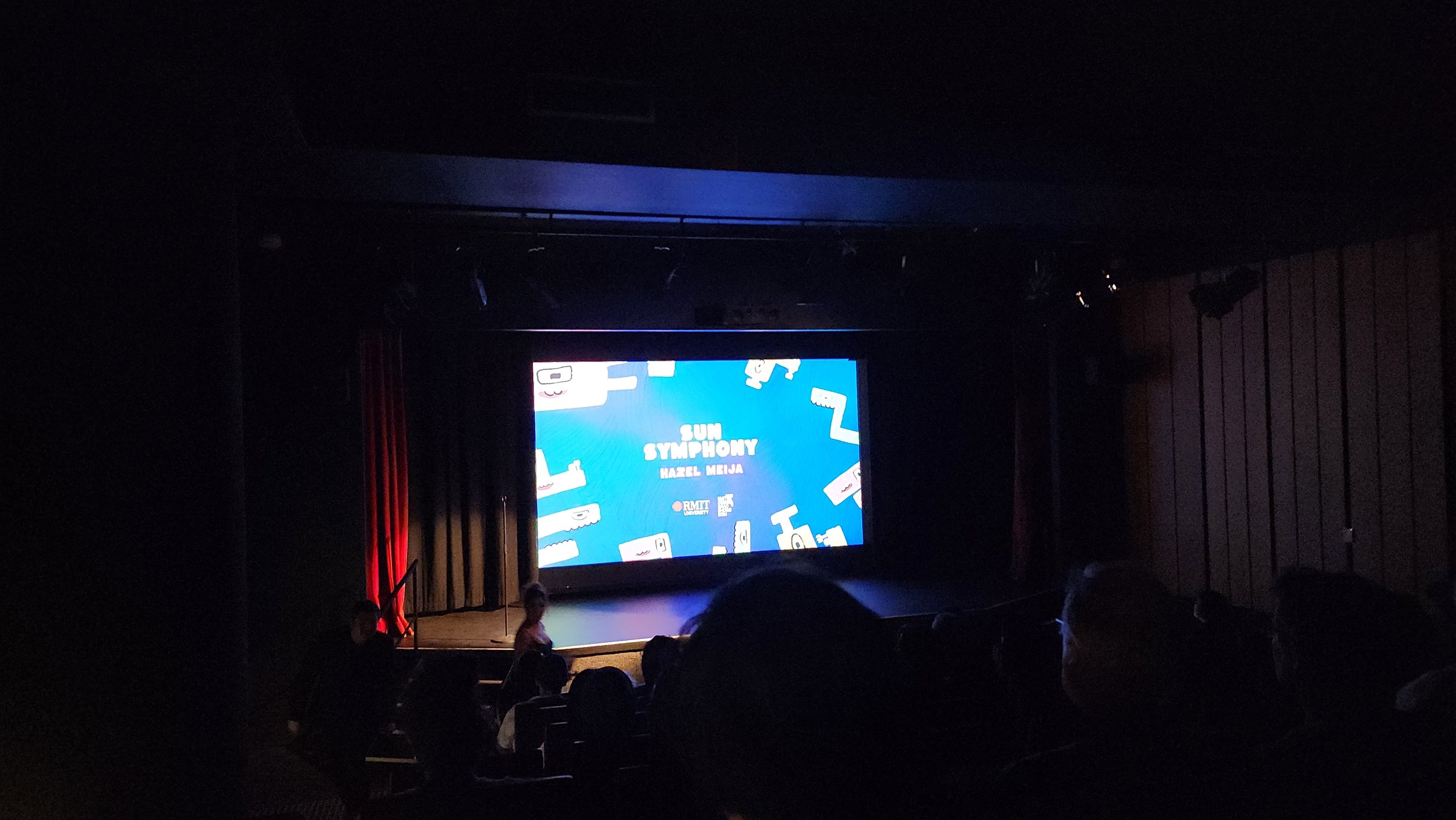
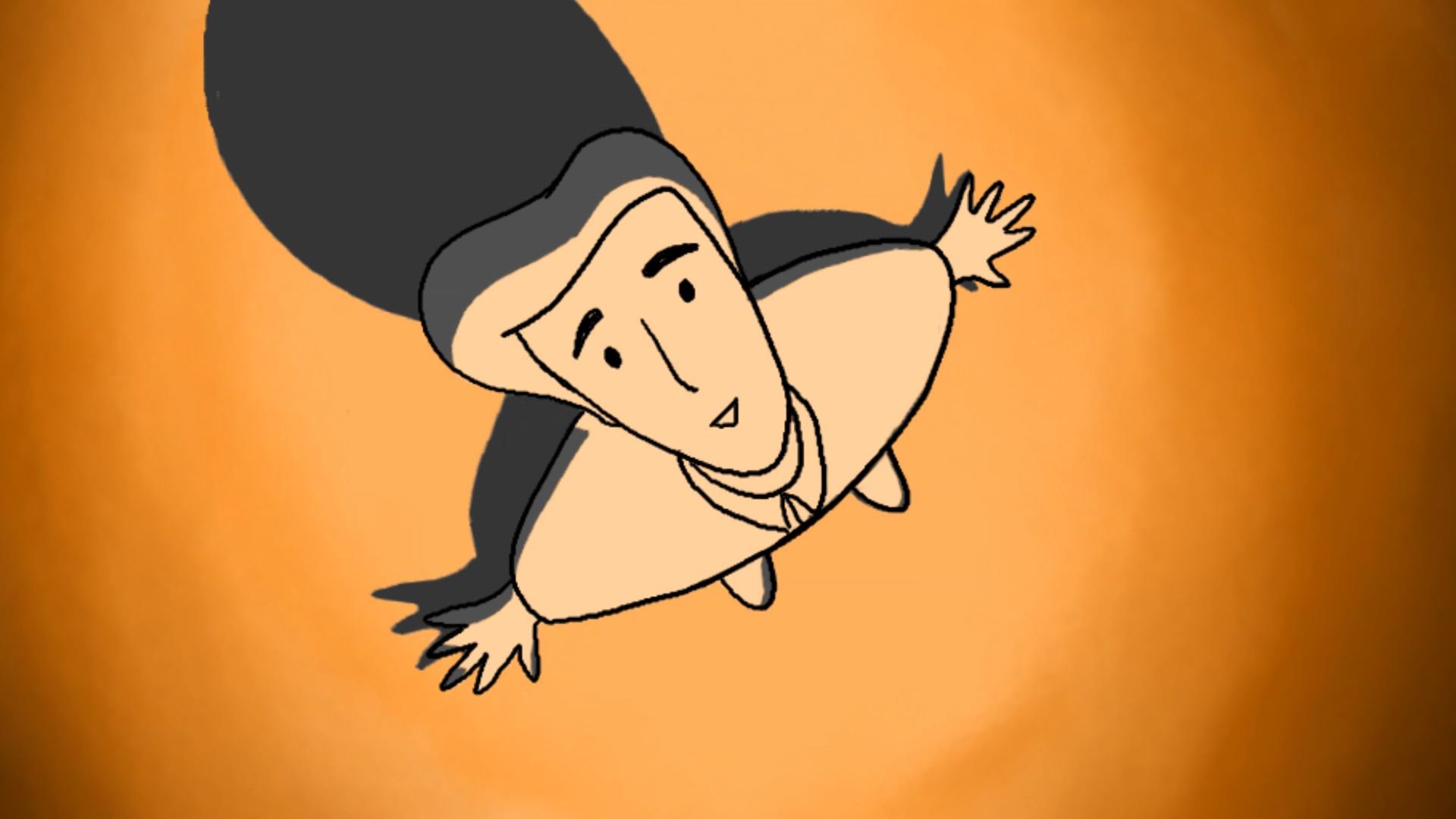
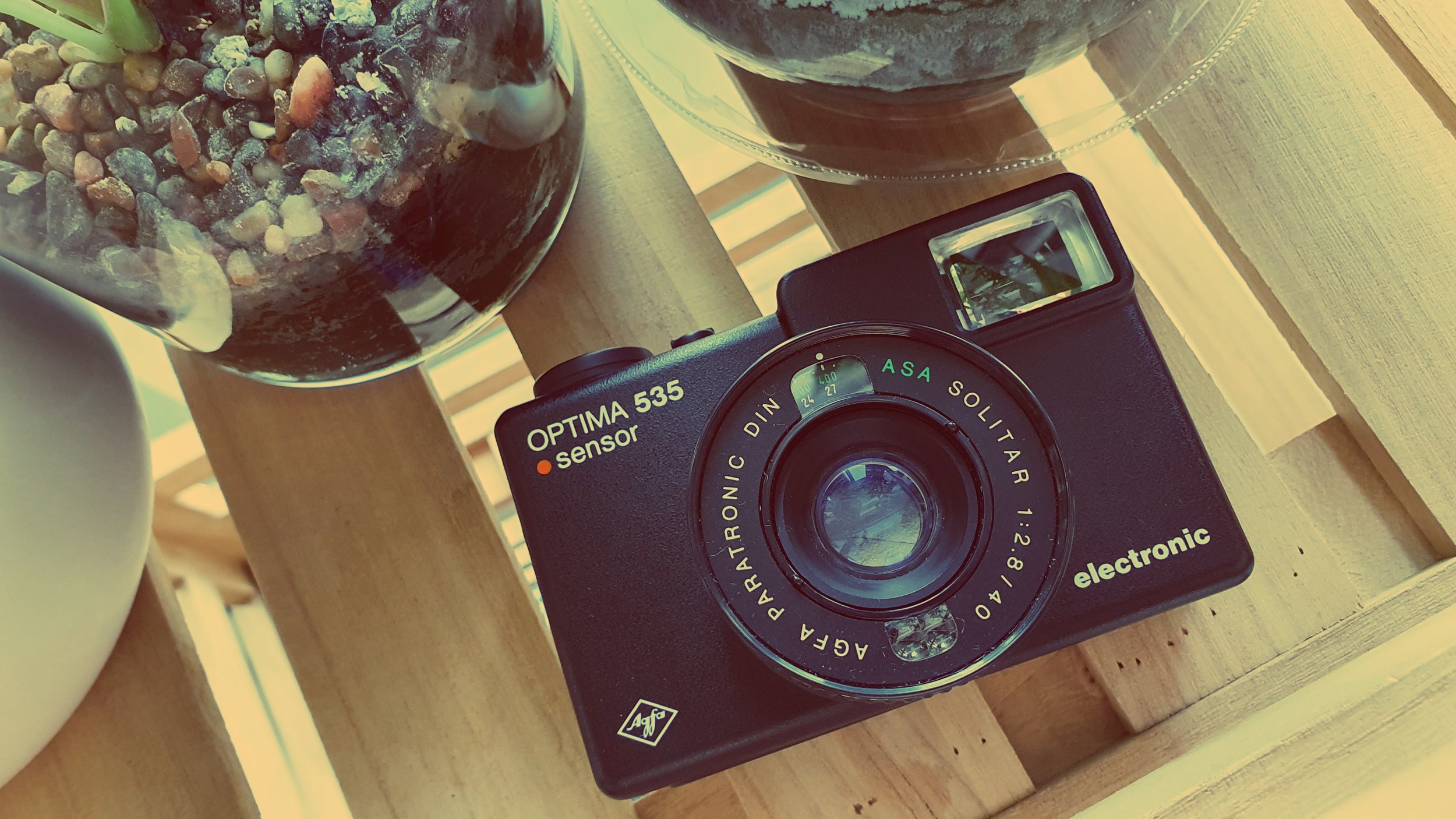

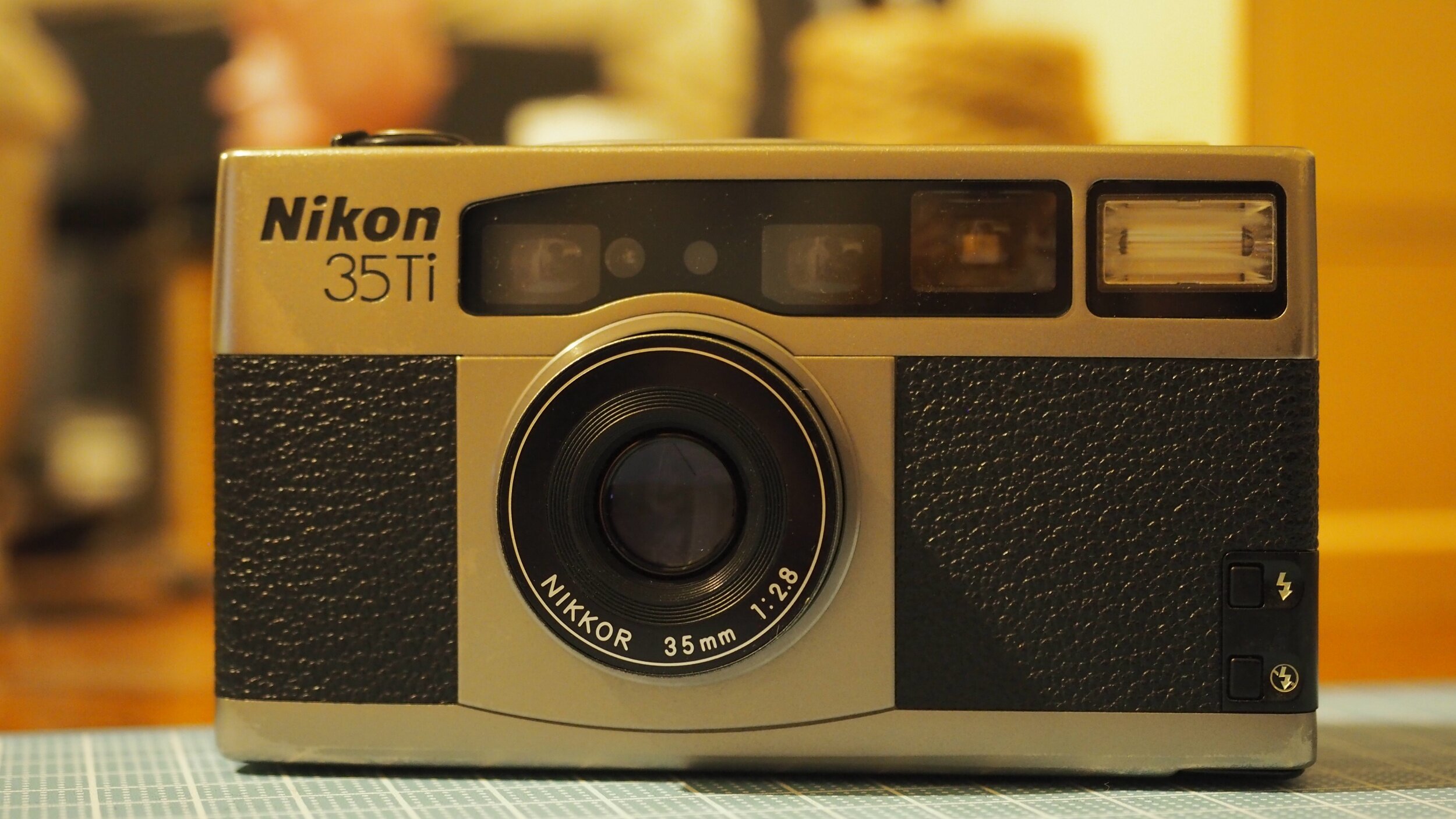



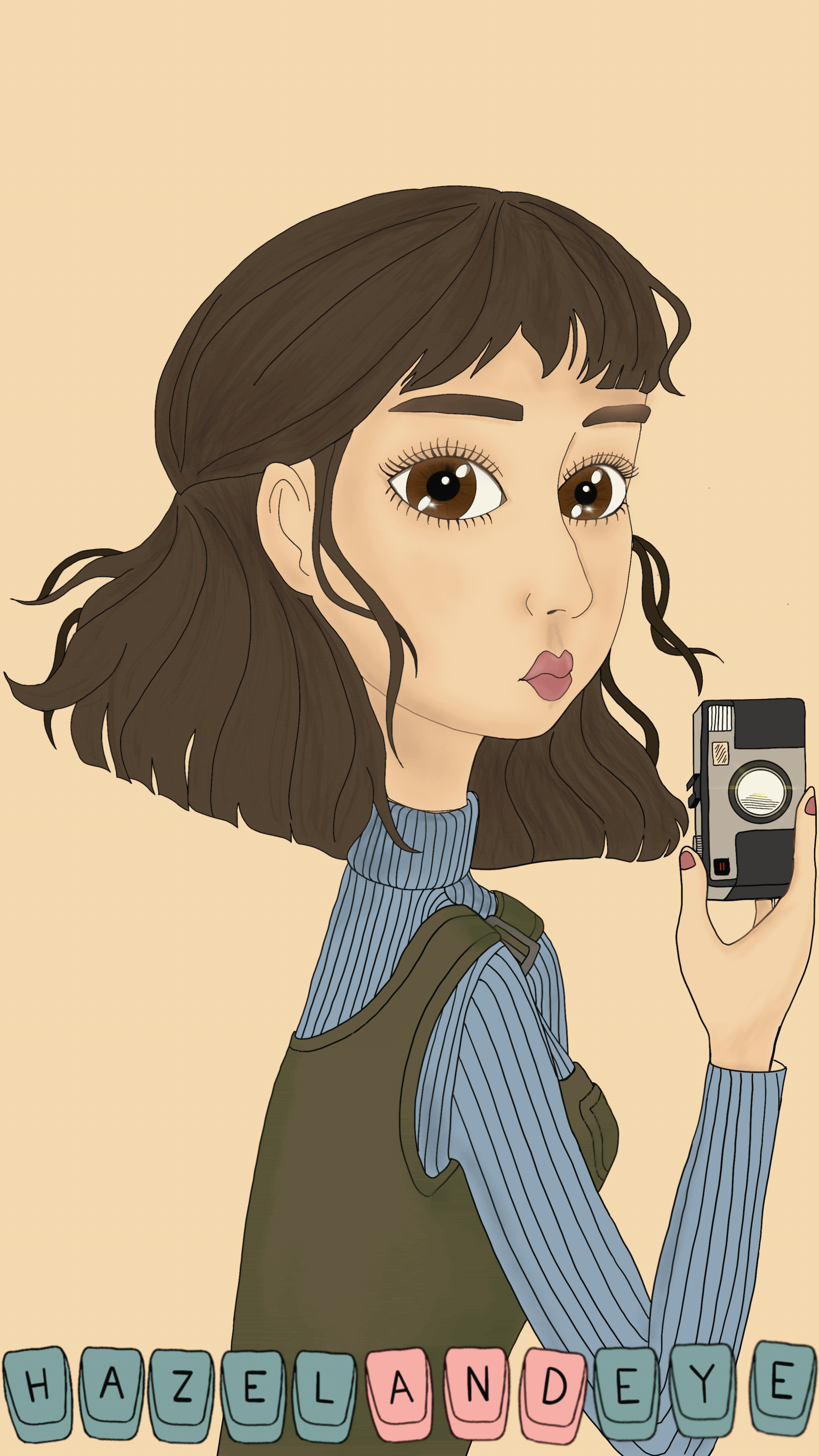











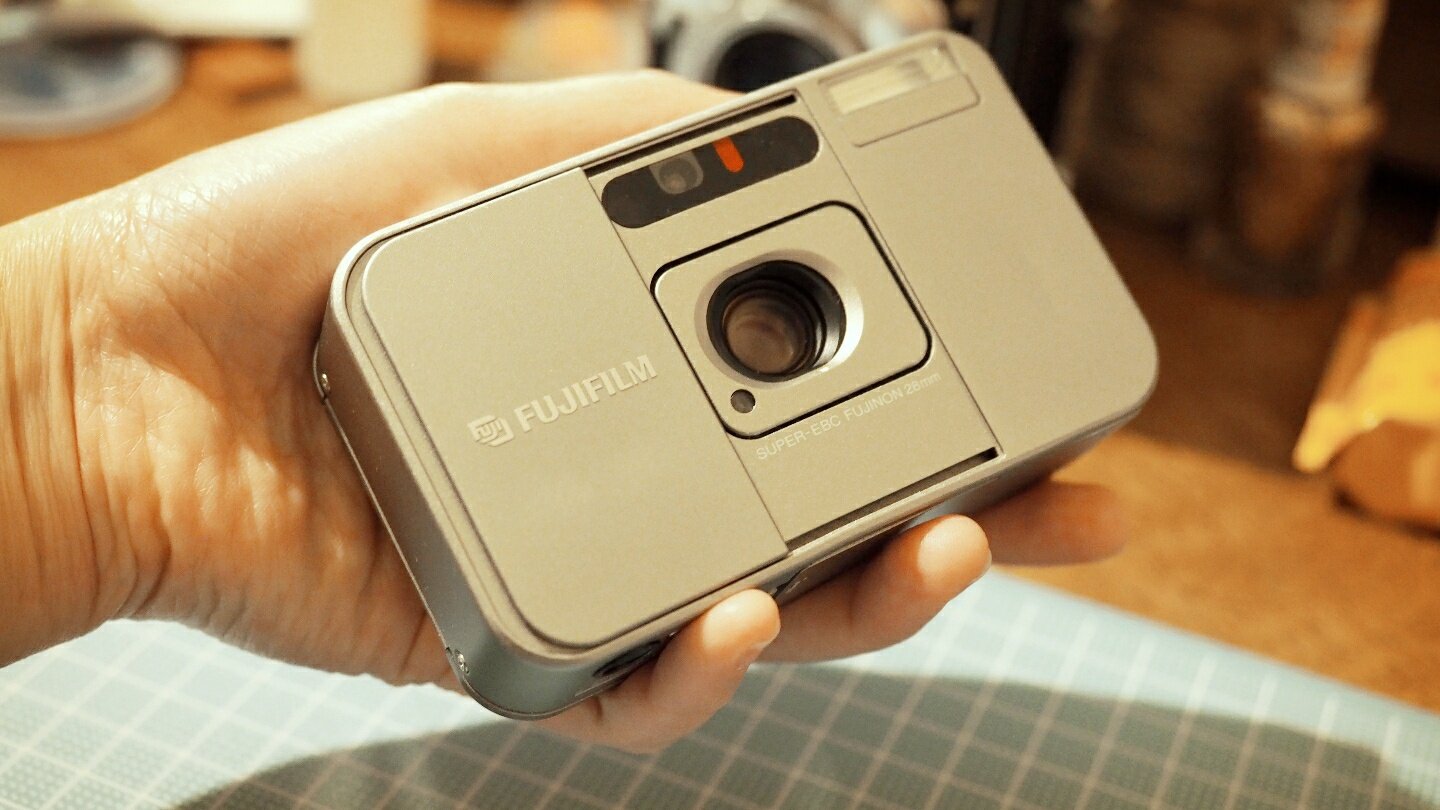
























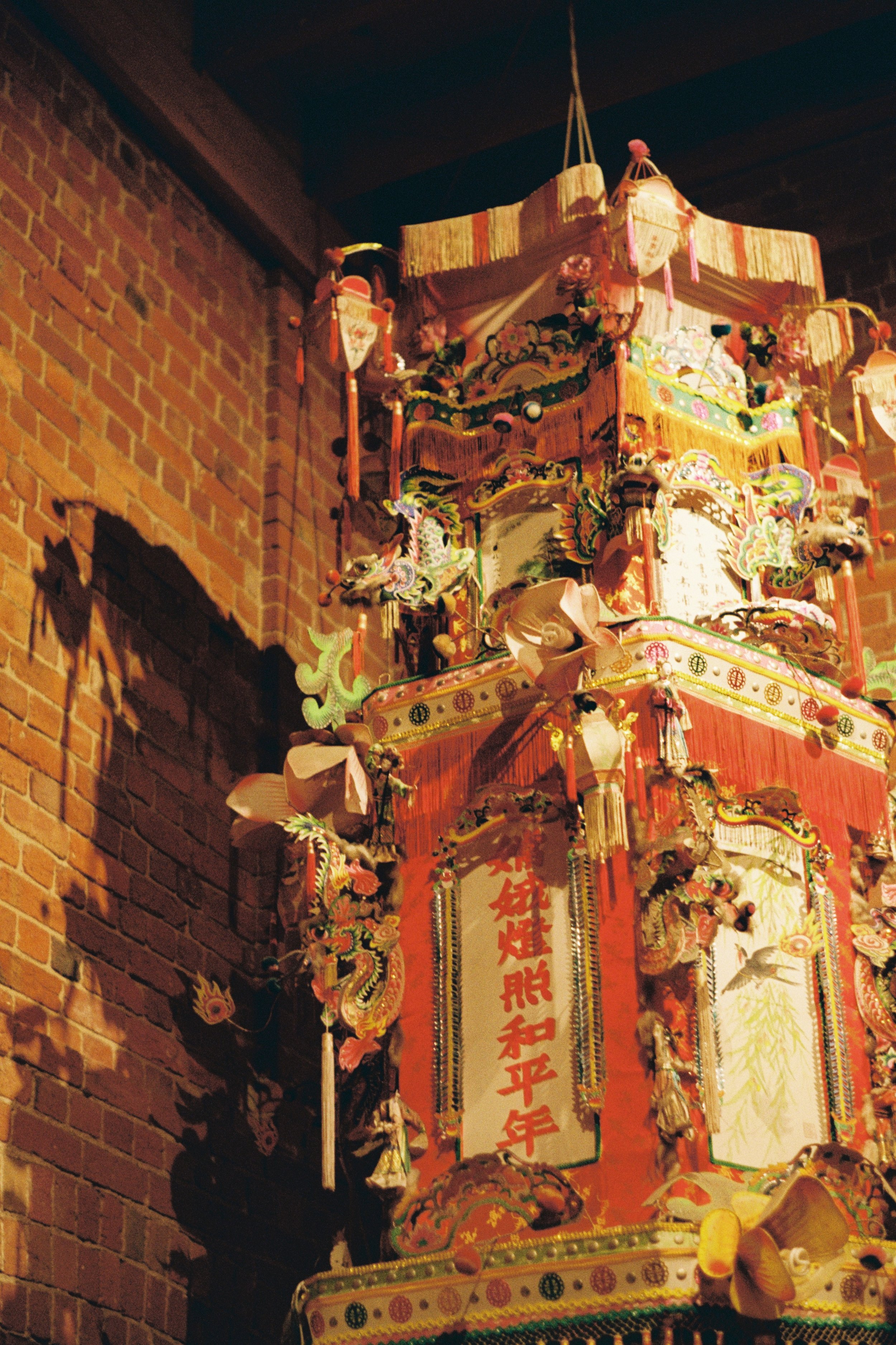























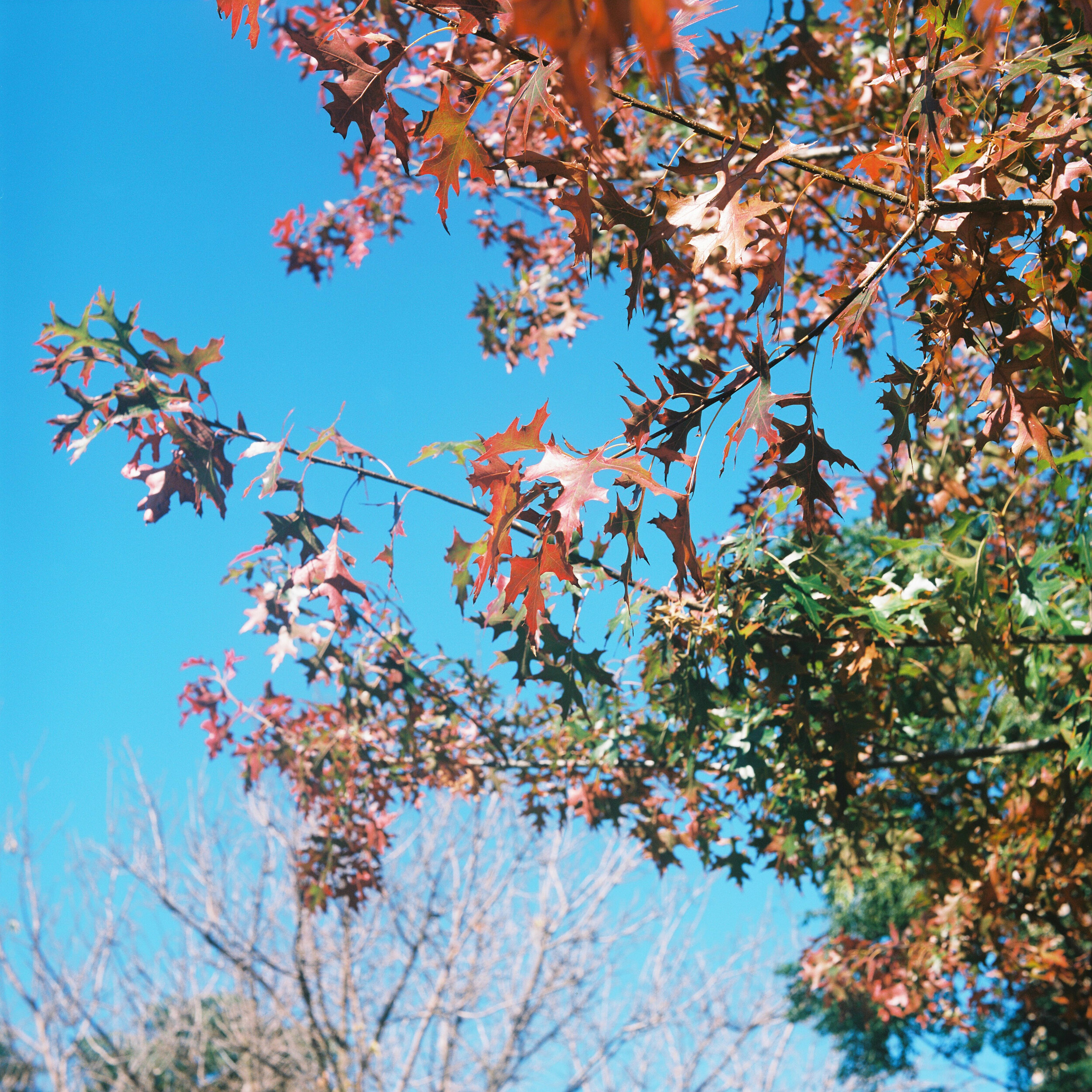










![000004[1].JPG](https://images.squarespace-cdn.com/content/v1/5c30546e4cde7a5df308aa32/1571915153827-TYWDMZUGIOU0GZWX6DN1/000004%5B1%5D.JPG)










